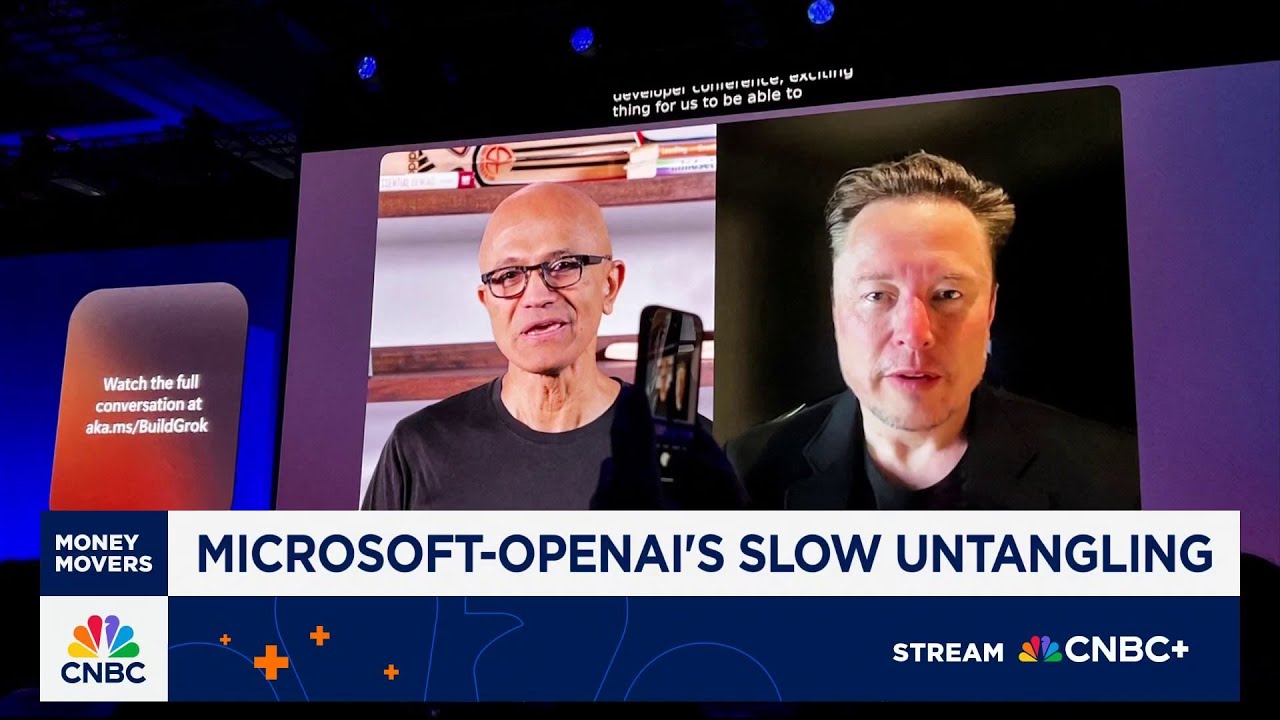Microsoft and OpenAI’s once tightly aligned partnership is showing signs of strain as both companies diversify their AI efforts, with OpenAI seeking new collaborations and transitioning to a for-profit model that may dilute Microsoft’s influence. This evolving dynamic reflects broader industry shifts where strategic alliances, talent access, and competitive positioning are becoming as crucial as technological advancements in shaping the future of AI.
The longstanding partnership between Microsoft and OpenAI, once considered the most strategic and well-aligned in the AI industry, is showing signs of strain. Initially, Microsoft provided the capital and data center infrastructure, while OpenAI contributed talent and technological breakthroughs. However, both companies are now diversifying their efforts and increasingly competing with each other. Microsoft is developing its own AI models and signaling openness to new partnerships, while OpenAI is collaborating with other major players like Oracle and reportedly Google, seeking multi-cloud access and expanding into enterprise and defense sectors.
OpenAI is also undergoing a significant transformation by raising tens of billions of dollars to convert into a for-profit company. This move aims to give OpenAI greater control over its future but risks diluting Microsoft’s stake and strategic influence, despite Microsoft’s substantial investments totaling around $14 billion since 2019. The evolving dynamics raise questions about whether Microsoft’s early investment will continue to provide sufficient leverage as the AI race intensifies and the industry landscape shifts.
A critical aspect of the Microsoft-OpenAI deal is a clause stating that the partnership ends once OpenAI declares the achievement of artificial general intelligence (AGI). Sam Altman, OpenAI’s CEO, has frequently mentioned how close they are to AGI, which could serve as a negotiating tool, a deadline, or a means to reset the partnership terms. However, skepticism remains about the proximity of AGI, with recent research from Apple, Anthropic, and Chinese labs suggesting that current AI models still have significant limitations and are not as advanced as some claims imply.
The tension between Microsoft and OpenAI reflects a broader realignment in the tech industry, where strategic alliances and access to talent and distribution channels are becoming more critical than simply having the best AI model. Major players like SoftBank and Google are actively positioning themselves for the next phase of AI development, locking in resources and partnerships. This competitive environment is prompting companies to reconsider their investments and strategies, with Microsoft possibly adopting a more cautious approach to capital expenditure on OpenAI.
Ultimately, the evolving relationship between Microsoft and OpenAI highlights the complexities and uncertainties in the rapidly advancing AI sector. As both companies navigate their ambitions and partnerships, the outcome will likely influence the future direction of AI development and commercialization. The situation underscores the challenges of balancing collaboration and competition in a field where technological breakthroughs and strategic positioning are deeply intertwined.
